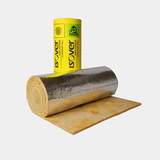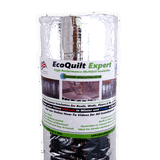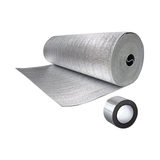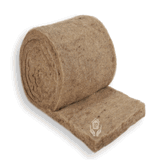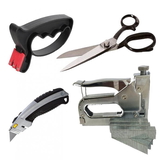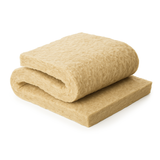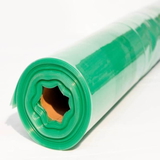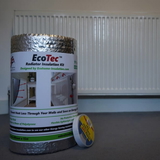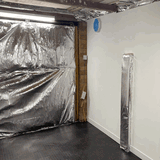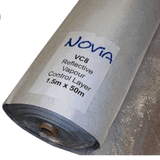- Blogs
- Top 10 Insulation Products for DIY Projects
Top 10 Insulation Products for DIY Projects
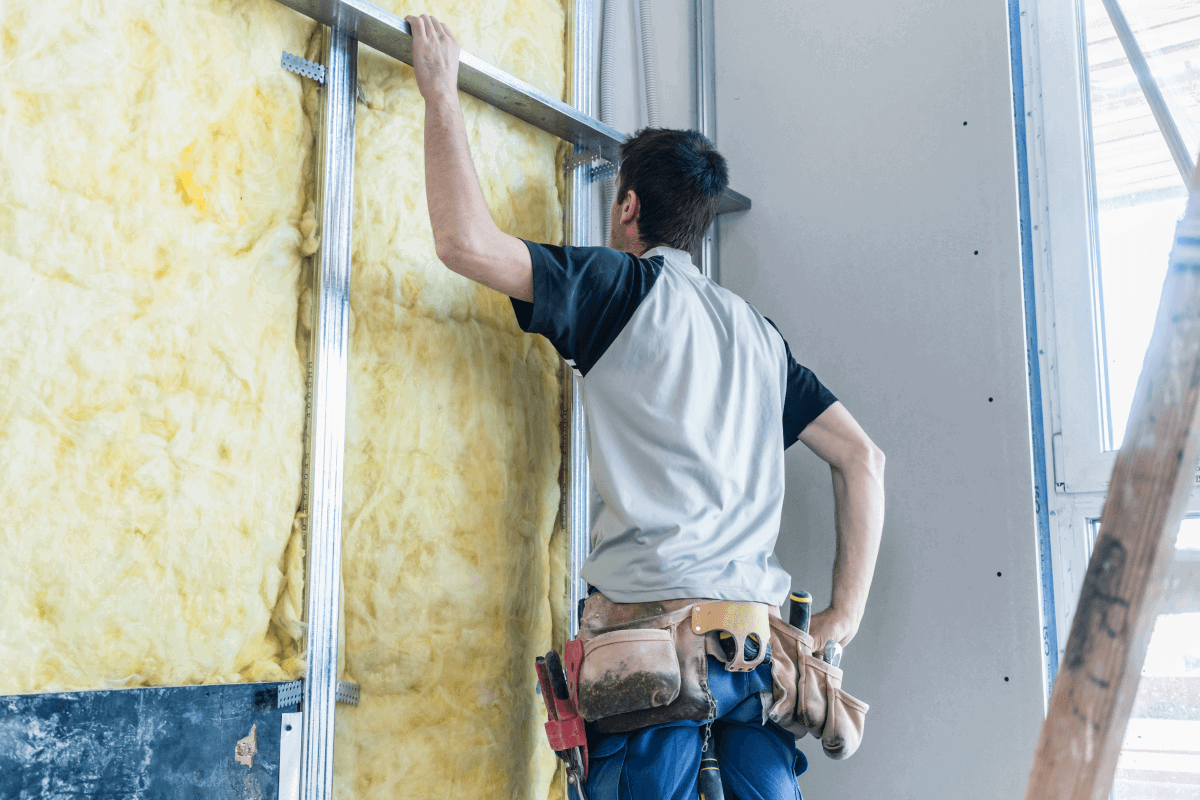
Winter will soon be here before you know it. Therefore now would be an excellent time to inspect and upgrade your home's insulation.
With the present cost of living crisis, massive increases in energy expenses, and the ongoing climate disaster, it has never been more important for your house to be adequately insulated. Appropriate insulation may help you save money on your utility bills, make your house more energy efficient, and decrease your carbon footprint globally.
Insulation is an essential component of every energy-efficient house. It is typically used to delay and limit heat transfer in regions where conditioned air escapes, such as between the stud cavities inside the walls and in the attic.
Whether building a home or renovating an old one, choosing the right insulation material can make a big difference in comfort and energy efficiency. So, let's explore the best insulation products for DIY projects. This article will discuss the top 10 insulation products suitable for DIY insulation projects in the UK.
From traditional options like loft insulation mineral wool and rock wool insulation to newer and more eco-friendly options like sheep wool and wood fibre, we will cover a range of materials that will help you make an informed decision for your diy home insulation needs.
Best Insulation Products for DIY Projects
1. Fibreglass Insulation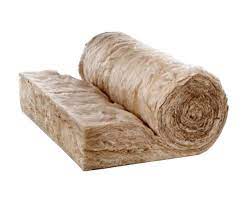
Fibreglass insulation, often known as glass mineral wool insulation, is a popular insulating material in the United Kingdom. It's created from recycled glass spun into tiny fibres and weaved into rolls or batts. Fibreglass insulation is lightweight and simple to install, making it a popular choice for do-it-yourself applications.
Because fibreglass insulation has good thermal qualities, it may help you adjust the temperature in your house and save money on energy expenditures. It is also an excellent solution for decreasing noise pollution due to its excellent acoustic insulation capabilities.
Fibreglass insulation may be used to insulate lofts, walls, floors, and roofs. One of the most important advantages of fibreglass insulation is its thermal insulation. It can be the ideal loft roll for your diy loft insulation project.
2. Rockwool Insulation
Rockwool insulation, often known as mineral wool insulation, is a popular natural volcanic rock insulating material. The granite is melted and spun into thin fibres to produce insulation batts or rolls. Because of its outstanding thermal and acoustic insulation capabilities, mineral wool insulation is a popular choice for insulating walls, roofs, and floors.
For Diy pipe insulation products, Rockwool pipe lagging is the best. It comes with an adhesive lap and is ideal for insulating hot water pipes. Mineral wool batts can be easily installed between stud walls and rafters for a warm a cosy home.
3. Phenolic foam insulation
Phenolic foam insulation is a stiff insulation composed of phenol-formaldehyde resin. Because of its lightweight nature and good thermal insulation capabilities, it is a popular choice for insulating walls, roofs, and floors.
The great thermal efficiency of pipe foam insulation is one of its key advantages. It has a low thermal conductivity, which means it may help you maintain your home's temperature and save money on energy.
Kingspan Kooltherm is the ideal diy pipe lagging if you are looking if you have space constraints. With its wide temperature range, easy installation, Kingspan pipe insulation is ideal for use in loft spaces etc. Kingspan also make phenolic Foam Boards like K108 for cavity wall insulation and K103 for floor insulation projects, though you may need some professional assistance if you are to install them
 4. MultiFoil Insulation
4. MultiFoil Insulation
Multifoil insulation is a form of reflective foil insulation solution comprised of foil, foam, and other components. It is intended to reflect heat away from the house in the summer and to keep heat within the house in the winter.
Since multifoil insulation has a high thermal resistivity, it can assist in managing your home's temperature and minimise energy expenses. Reflective insulation materials are known to keep your home much cooler in the summer as compared to traditional insulation materials.
Foil Insulation rolls are very easy to install. They simply have to be taped or stapled over the application. Foil insulation is ideal for insulating sheds, conservatories and so much more. You also get foil insulation diy kits that include all that you need to keep your home warm.
5. Sheep Wool Insulation
Sheep wool insulation is a natural insulator derived from sheep wool. An environmentally beneficial alternative is renewable and biodegradable. Because of its outstanding thermal insulation capabilities, sheep wool insulation is popular for insulating walls, roofs, and floors.
It can help you manage the temperature in your house, save money on electricity, and minimise noise pollution. One of the most significant advantages of sheep wool insulation is its breathability. Sheep wool insulation also actively engages in purifying air and makes your home healthier by eliminating toxins.
Sheep wool insulation rolls are very easy to install. They can simply be 'tucked' between the timber frames of raters or sud walls.
6. Polystyrene Insulation
Polystyrene insulation is a form of stiff foam insulation board manufactured from extruded or expanded polystyrene. It is lightweight, resilient, and provides great thermal insulation, making it a popular choice for insulating walls, and floors.
Polystyrene insulation is simple to install and can be cut to any size or form, making it an excellent choice for do-it-yourself applications. They are cost-effective and help prevent warm air from losing heat.
7. Wood Fibre Insulation
Wood fibre insulation is made from treated wood fibres pressed into panels or rolls. It is a sustainable insulation solution that is a responsibly sourced, renewable, and biodegradable alternative with great thermal insulating and acoustic capabilities.
Wood fibre insulation has a low thermal conductivity and a high-heat storage capacity, which means not only retains heat and saves money in winter but it also keeps your home sufficiently cool in summer. Wood fibre insulation like Steico and Pavatherm are very easy to install and are much safer alternatives compared to fibreglass, making them safer and better diy insulation projects
8. Foil-Faced Insulation
Foil-faced insulation is made with a reflective foil covering on one or both sides of the insulation material. It can be constructed of several forms of insulation, including fiberglass insulation, foam, and loft insulation mineral wool.
The reflective foil layer reflects heat radiation away from the surface, which can assist in managing your home's temperature and save energy bills. In warmer locations where cooling expenses are a problem, foil-faced insulation is very beneficial. Additionally, the foil-facings also prevent water ingress into the application, thereby preventing condensation issues and mould
Foil-faced insulation can be in the form of insulation boards like PIR, rolls as in ductwrap or insulation tubes like pipe lagging.
9. Hemp Wool Insulation
Hemp wool insulation is a natural, eco-friendly loft-insulating material made from processed hemp fibres that are crushed into panels or rolls. It is a renewable and ecological solution with great thermal insulation capabilities.
As hemp wool insulation has a low thermal conductivity, it can assist in managing your home's temperature and decrease energy expenses. Hemp wool batts and boards are carbon negative and are therefore environmentally friendly.
Installing hemp wool insulation batts and boards is an easy task as it does not require any special tools for installation.
10. Gysum Insulation
Gypsum insulation, often called plasterboards or drywall, is a form of gypsum plaster sandwiched between two paper or fibreglass matting layers. It is often used in construction as a wall and ceiling material. Because of its limited thermal insulation qualities, gypsum insulation is rarely employed as a stand-alone insulating material.
Plasterboards are easily installed rising the dot-and-dab method and are used for a wide range of applications.
Insulation Projects
Here are some of the insulation projects that you can try using the above products.
1. Attic Insulation – Adding or improving insulation in your attic can greatly reduce energy bills and make your home more comfortable.
2. Crawlspace Insulation – Proper insulation in crawlspaces can help prevent mould and moisture problems, as well as improve energy efficiency.
3. Garage Insulation – Insulating your garage can help keep it warmer in the winter and cooler in the summer, making it a more comfortable space to use.
4. Basement Insulation – Insulating your basement can help lower energy bills and make the space more livable.
5. Hot Water Tank Insulation – Wrapping your hot water tank in insulation can help it retain heat, reducing energy usage.
6. Water Pipe Insulation – Insulating water pipes can help prevent freezing and reduce heat loss while also providing cost savings on energy.
7. Rim Joist Insulation – Insulating the rim joist area around your home can help reduce energy bills and prevent drafts from entering the home.
8. Floor Insulation – Insulating floors can help reduce heat loss and make floors more comfortable to walk on.
9. Ductwork Insulation – Insulating ductwork can help improve HVAC efficiency and reduce energy bills.
10. Exterior Wall Insulation – Adding or improving exterior wall insulation can help keep your home more comfortable while providing savings on energy usage.
Conclusion
Finally, several insulating solutions are available for DIY projects, each with benefits and drawbacks. When selecting an insulating product, consider thermal efficiency, cost, simplicity of installation, fire resistance, moisture resistance, and environmental effect.
Insulation will assist in lowering your energy expenses, managing your house's temperature, and creating a more pleasant and sustainable living area by choosing the proper insulation solution for your project.
It's also worth noting that insulation installation may be a difficult and sometimes risky DIY undertaking, especially when working with materials like fiberglass or spray foam. It is recommended that you seek the help of a professional insulation contractor or carefully follow the manufacturer's instructions and safety regulations.
For trade quality multifoil insulation, fibreglass insulation rolls, cavity batts, pipe lagging, ductwrap and more, visit Buy Insulation Online. If you are confused about the right insulating material for your project, our experts are just a call away!

Samuel Hitch
Managing Director
Buy Insulation Online.
Leave A Reply
Your feedback is greatly appreciated, please comment on our content below. Your email address will not be published. Required fields are marked *












